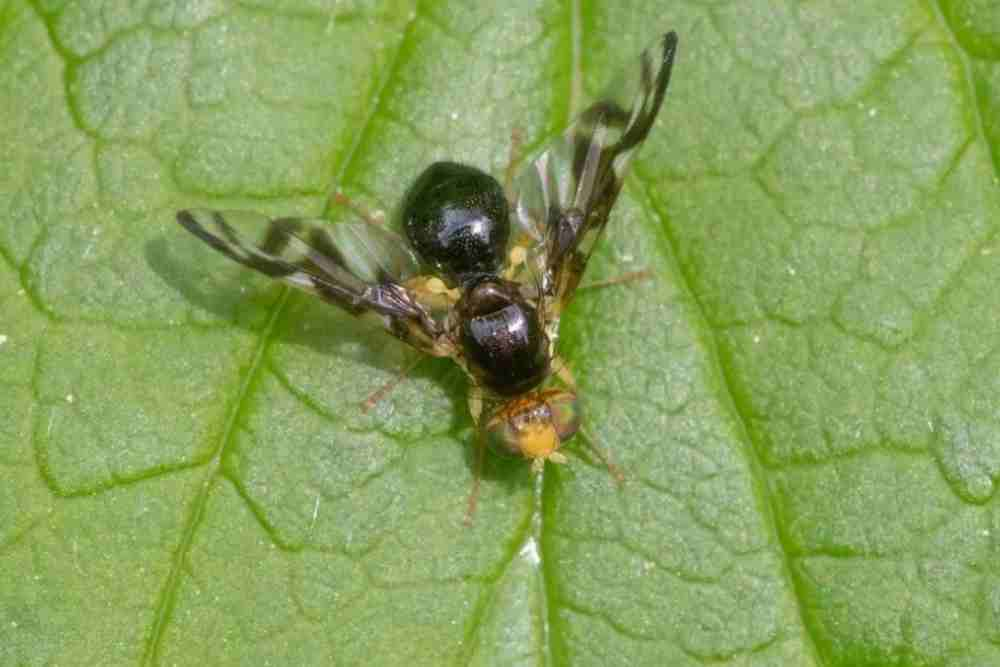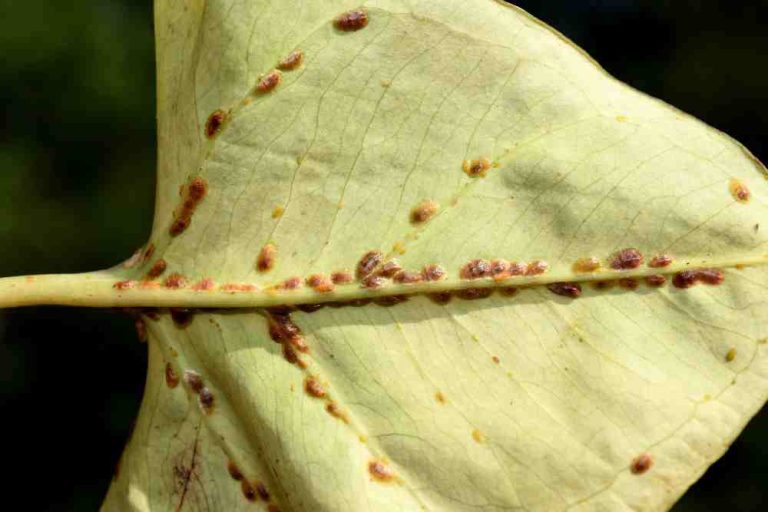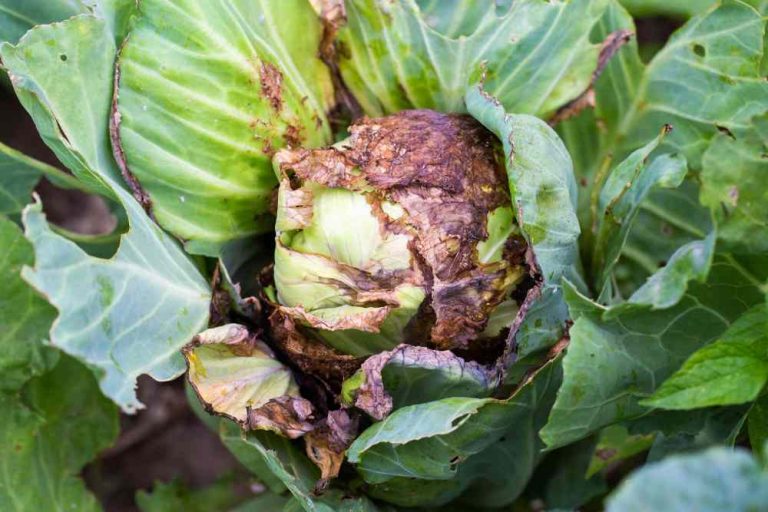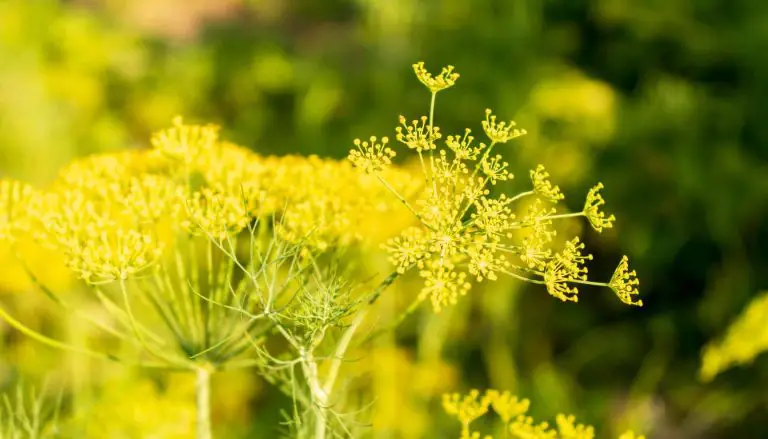A Deep Dive Into Carrot Rust Fly Management
Carrot rust fly (CRF) is a pest that feeds on carrots, parsnips, and celery. Larvae tunneling into the taproot cause damage. Young plants will wilt and they may die, but they are more typically temporarily stunted, and the carrots grow bulbous, forked, and unmarketable. Fungi and bacteria may also infiltrate the injured tissue, causing severe rot at the plant’s crowns. Larvae are more usually seen nearer the top of parsnips and celery and may burrow into the base of leaf stalks.
The adult fly is black in color with a crimson head, yellow legs, and transparent wings. These flies are around 8 mm long and may be found on the leaf surfaces of the plants they feed on. The larvae are whitish or yellowish in color and 8-10 mm in length. At the front end, they have a pair of large black feeding hooks. Pupae are a shiny brown color and are around 5 mm in length.
Typical Damage Caused By Carrot Rust Fly
Carrot rust fly damage can be mistaken with nutritional shortages or water stress, and the little fly can be difficult to differentiate from other fly pests in the field. However, host symptoms should be recorded in conjunction with the presence of flies or larvae.
The best approach to determine the presence of the Carrot rust fly is to look for symptoms on the host plant. Larvae feeding on taproots can kill or damage seedlings. Look for gaps in the crop, as well as leaf fading and reddening. The larvae attack the taproots of adult carrots, forming channels, twisting them, and rendering the produce unsuitable for the market.
The pest is transmitted through larvae in bulbs, tubers, corms, and rhizomes, as well as pupae transported by contaminated soil. Because the adult fly is a poor flyer, it does not pose a considerable spread concern.
Carrot Rust Fly Life Cycle
Carrot Flies emerge from puparia that have been overwintered in mid-May and continue to emerge until June. The females lay small elongate white eggs in cracks and crevices of the soil next to the crowns of the young carrot plants during a preoviposition period of a few days following emergence. The eggs hatch in 7-10 days and the tiny larvae feed on the fibrous roots as they migrate lower.
Larvae attack the taproot as they grow larger, but because the roots are tiny at the moment, they do not dig into them, instead girdling them halfway down. Young plants will wilt and eventually perish. If plants are not destroyed, they become forked, deformed, and malformed as a result of the injury.
After roughly a month of feeding, the larvae enter the pupal stage. The pupal stage lasts about a month, after which the second generation of flies emerges in late July and peaks in mid-August. The eggs are laid on the carrots, which are rapidly growing at this point, and the tiny larvae quickly penetrate the carrot. The cortex (outer layer) is mined, creating meandering tunnels full of rust rust-colored debris
These holes are frequently infested by soil-borne root diseases, and degradation begins quickly after the insect attack. Maggots of the second generation develop, become pupae, and some survive the winter. However, from October to late November, a few may hatch and emerge. Carrots cultivated commercially are normally harvested before the third generation of larvae emerges, however, this may not be the case in home gardens.

Carrot Rust Fly Control
In order to control carrot rust flies, you must first understand their life cycle. The flies deposit their eggs in two seasons: early spring and late summer. During these times, tender new carrot roots are especially sensitive. The more time the carrots are in the ground, the more root damage occurs. There are certified pesticides that you may put into the ground at planting time if you don’t mind chemicals in your yard. Reduce damage by removing problematic roots from the ground and checking for damage in cold-stored roots, which is a less hazardous strategy. To avoid infection from the spring crop, move the location of fall plantings.
Cultural
- Timely harvest – So soon as the carrots are mature, harvest them all at once (rather than selectively). The larvae will not be able to spread from plant to plant in the soil as a result of this.
- Delay planting – Carrots should be planted after mid-June to avoid the peak egg-laying time.
- Avoid planting near other host plants and weeds – Carrot rust flies eat umbelliferous plants and weeds, such as wild carrots (Daucus carota) and water hemlock (Conium maculatum).
- Crop Rotation – Carrots should not be grown in the same location year after year. While this won’t prevent carrot flies from returning to lay their eggs each year, it will reduce the danger of overwintering pupae appearing in the center of your crop. The life cycle of the carrot rust fly is broken by rotating to non-susceptible hosts every year, which prevents the population from growing.
- Remove crop residue – To avoid overwintering populations, remove all carrots and associated host crops from the ground after the growing season.
- Use floating row covers – Use floating row covers to keep flies from settling near host plants and laying eggs.
- Vertical fences – The carrot rust fly is a low-flying insect, therefore a 90cm (3 foot) high vertical barrier of horticultural fleece, polythene, or fine mesh should theoretically halt them in their tracks. If you do decide to use vertical barriers, make your carrot bed long and narrow to make it more difficult for flies to land.
- Grow in containers – Raised beds or towering containers can assist to decrease carrot fly infestations, but they aren’t guaranteed to keep them away.
- Resistant varieties – Varieties that are resistant. There are several resistant carrot cultivars available, such as ‘Flyaway’, ‘Resistafly,’ ‘Maestro,’ and ‘Parano’. Remember that these types are just resistant to fly attacks, not immune, therefore combine them with other methods.
Chemical
Granular insecticides should be applied in the furrow during planting to prevent larvae from attacking the roots. The only guaranteed method to keep the carrot fly away from your carrots and other vulnerable crops is to keep them away from them.
In practice, this involves draping the queue of carrots, directly on the crop, or hung on wire or plastic bows, wrapped with garden wool or a very thin insect-resistant net. This should be done as soon as the crop is sown, and only removed for cleaning and harvesting.
Before the seedlings sprout, cover the seedbeds with floating row covers to provide adequate protection, being sure to sink the edges into the ground and leaving the crop covered until harvest. To keep adult flies away from the carrots, enclose the bed with a vertical window fence. Carrots should be picked in the early fall and not left on the ground over the winter.
Regularly inspect your farm for new pests and unusual symptoms. Make sure you’re familiar with the most frequent insects in the vegetable sector so you’ll know what to look for if you come across anything different.
Biological
Chorebus gracilis, Eutrias tritoma, and Aleochara sparsa are natural enemies of carrot rust fly that attack the carrot rust fly’s early larval and pupal stages.
- 20+ Chic Boho Bedroom Ideas for a Cozy and Stylish Retreat - June 20, 2024
- 12+ Modern Boho Living Room Ideas to Create a Unique Oasis - June 10, 2024
- 10 Stunning Canopy Bed Ideas for a Dreamy Escape - May 16, 2024







